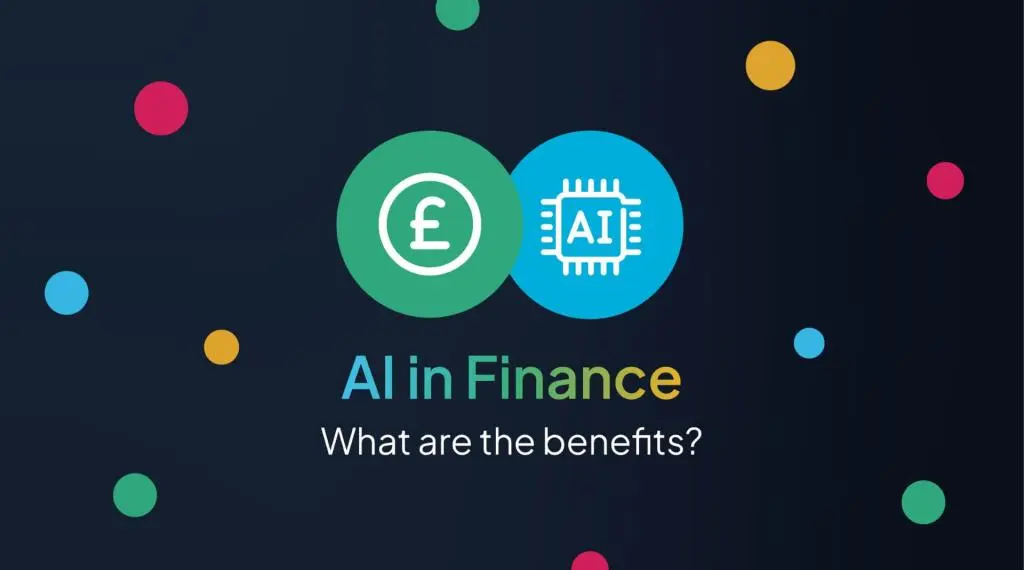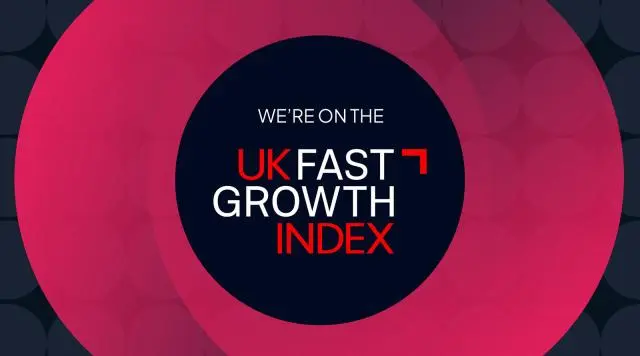What Are the Benefits of AI in Finance?
Thu, October 09, 2025- by Paul Saxton
- 4.5 minute read

CFOs and finance teams are under pressure to do more with less - to stay compliant with an ever-changing set of regulations, to close year-ends with fewer team members, and to forecast faster to support accelerating business cycles. AI is stepping in - not just as a nice to have, but as an essential tool that helps teams keep pace.
Organisations that pair automation and generative AI with governed, high-quality data are cutting cycle times, reducing manual error, and giving leadership a current, reliable view of performance. Those that don’t are left managing spreadsheets and chasing insights.
In this article, we’ll take a closer look at the major benefits AI offers the finance function, exploring practical tips for adoption and a solution that can help you mitigate risk.
Top benefits of AI in finance
The real advantage of AI lies in its ability to turn routine processes into intelligent, automated workflows that reduce risk, save time, and unlock insights at scale. Let’s take a closer look.
Improved accuracy and reduced errors
AI reduces the risks that are inherent in human data entry and reconciliations. Machine learning models are trained to scan thousands of transactions at once, spotting irregularities that human reviewers can easily miss. For example, anomaly detection algorithms can flag duplicate invoices or unexpected variances in payroll.
Automation also reduces the amount of time these tasks take. Instead of finance teams spending hours matching ledgers across multiple entities, AI tools reconcile them automatically and highlight only the discrepancies for human review.
The result is financial data that is not only cleaner but also more trustworthy. Leaders can make decisions with confidence knowing that the numbers in front of them are consistent, validated, and complete.
Faster financial close and reporting
Month-end, quarter-end, and year-end closes have traditionally been high-pressure sprints with teams racing against the clock to reconcile accounts, gather inputs, and finalise reports. Even with strong processes, reports are often becoming outdated when they land on the CFO’s desk.
AI collapses this cycle. Automated reconciliations ensure that data across ERP, CRM, and subsidiary systems are continuously aligned rather than reconciled only at close, while AI-powered platforms assemble reports in real-time.
This means instead of waiting weeks for consolidated numbers, executives can access dashboards that refresh daily or even hourly and interrogate data with ease.
Better decision-making with real-time insights
In many organisations, the biggest gap in finance isn’t data, it’s resources. By the time reports are compiled, reviewed, and distributed, the window for action has already closed. AI closes this gap by providing real-time insights that decision-makers can use instantly.
AI-enabled dashboards consolidate data from ERP, CRM, HR, and operational systems into a single governed source of truth. Executives no longer rely on lagging indicators; they can see financial performance, cash flow, and risk exposure in real-time.
Predictive models take this further by running “what-if” scenarios. Finance leaders can ask, for example, what happens to revenue if raw material prices rise 10%? How will cash flow change if interest rates climb by another 50 basis points? These simulations give them the agility to stress-test strategies and prepare for macroeconomic shifts before they occur.
Cost savings and spend optimisation
AI uncovers hidden inefficiencies by applying advanced pattern recognition and anomaly detection. Natural language models can compare supplier contracts against invoices to detect mismatches, while clustering algorithms can group spend categories to show where bulk purchasing could drive down costs.
These insights allow procurement and finance teams to negotiate better rates, eliminate waste, and redirect funds to higher-value areas. To take an example, Origin Enterprises, a leading agribusiness, used 5Y’s AI chatbot to capture and analyse data from invoices. From here, they identified hidden spend patterns and renegotiated supplier rates to achieve £30,000 in savings.
Enhanced compliance and regulatory alignment
The regulatory landscape for finance teams grows more complex each year. From IFRS and SOX to evolving CSRD requirements, the volume of data finance teams must manage for compliance has expanded dramatically. Manual reporting methods, which are slow and error-prone, are no longer enough.
AI automates both the collection and structuring of compliance data. Natural language processing (NLP) can scan through thousands of pages of regulatory updates or contracts to identify relevant requirements and summarise obligations. Pre-trained models can map ESG and financial data directly to frameworks, saving months of manual alignment work.
AI also embeds governance into reporting pipelines. Every transaction processed is tagged with lineage, providing a transparent audit trail. This makes it easier to demonstrate compliance during audits and reduces the risk of fines or reputational damage.
How the 5Y platform leverages AI to transform finance
The 5Y Business Transformation Platform was designed to make AI practical and safe for finance teams. Instead of adding yet another tool to the stack, it embeds AI directly into governed, analytics-ready data structures, ensuring insights are both accurate and audit-ready.
With 5Y, finance leaders can:
- Automate routine processes: From reconciliations to data entry, the platform applies pre-built logic and templates to remove repetitive manual work, cutting close cycles and freeing finance professionals for more strategic analysis.
- Generate real-time insights: Embedded calculators and pre-defined KPIs make it possible to deliver accurate reporting packs and dashboards instantly, without relying on IT to rebuild pipelines.
- Get predictive insights: With cleansed, standardised financial data, teams can run iterative forecasts, scenario analysis, and margin improvement initiatives at scale.
- Unlock self-service through Myles AI: The built-in chat interface lets finance users query performance data directly without needing specialist technical skills.
Getting, and staying, ahead
AI is no longer a future-looking experiment in finance - it’s here, delivering measurable value to finance teams across the world.
Finance leaders who get ahead of AI adoption now will be better equipped to handle volatility, optimise resources, and deliver strategic insight in the future. Those who delay risk being left behind by faster, leaner, more adaptive competitors.
Download the Finance AI and Automation Playbook to discover seven practical ways to apply AI in your team.

 United Kingdom
United Kingdom




